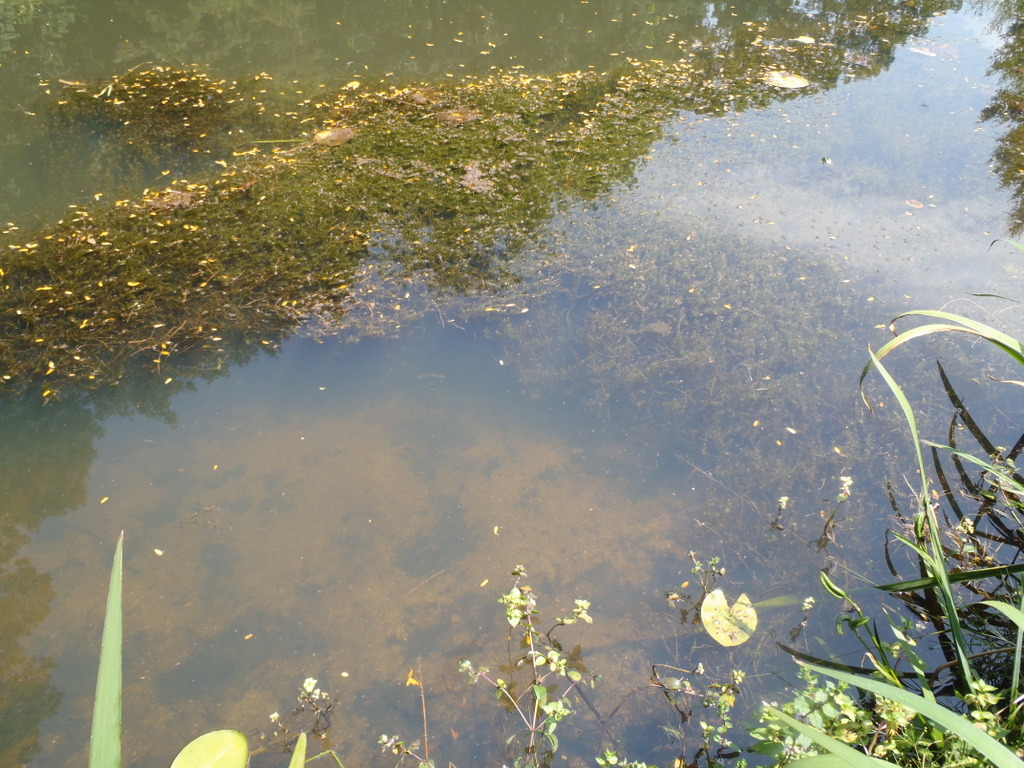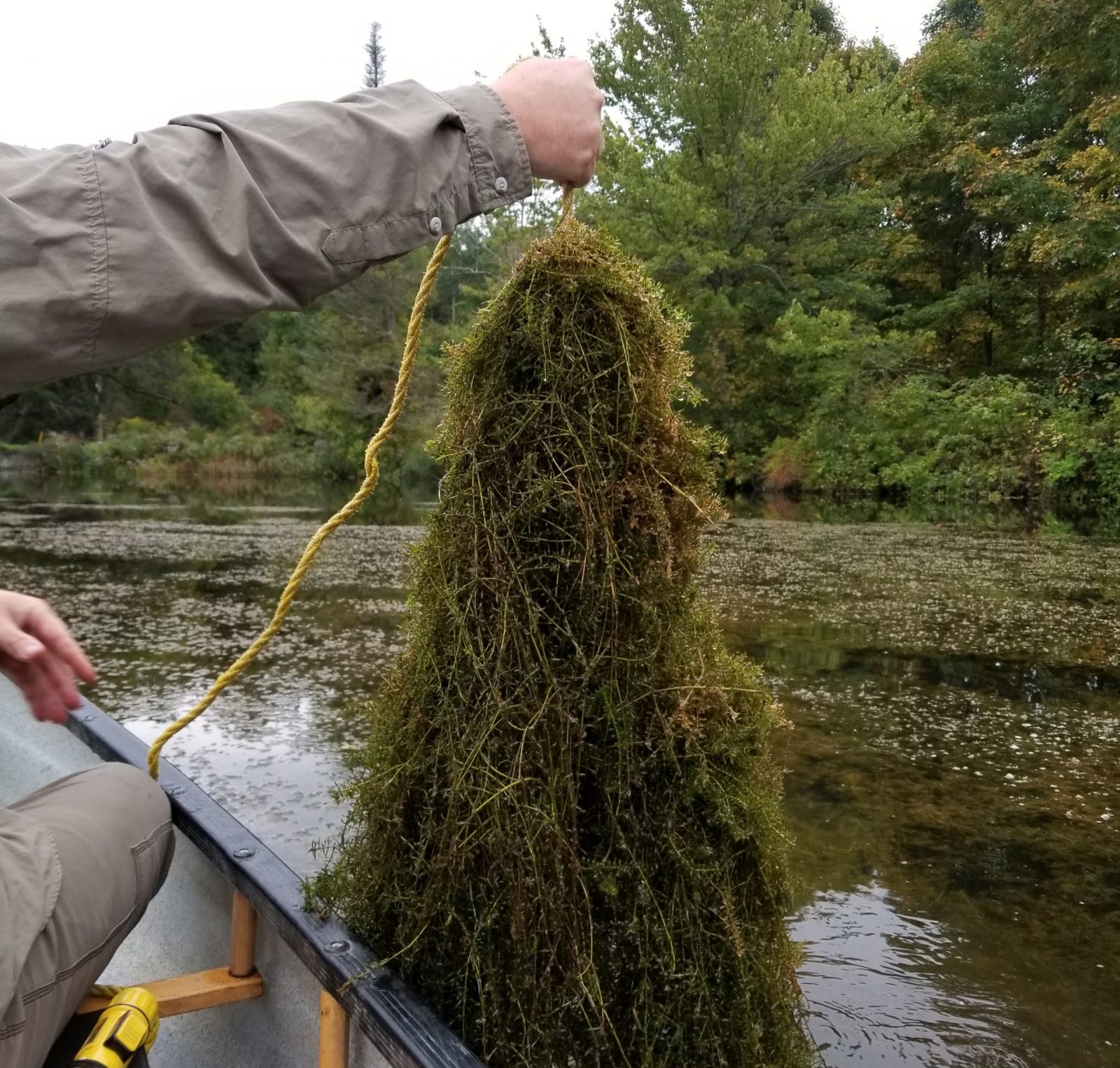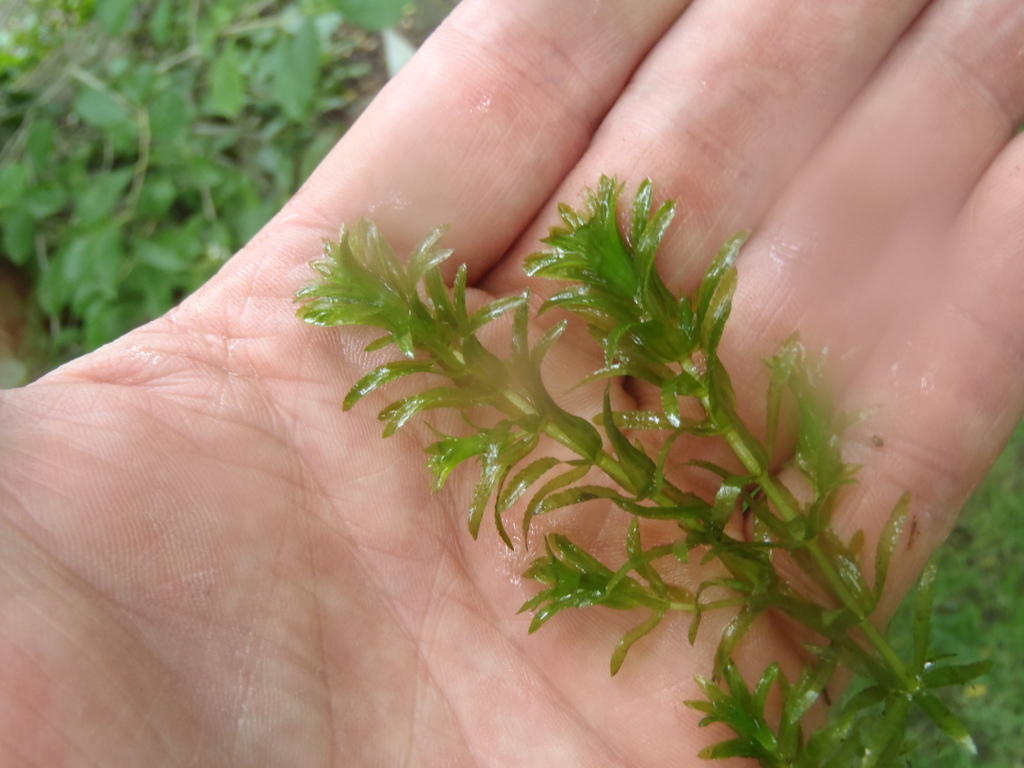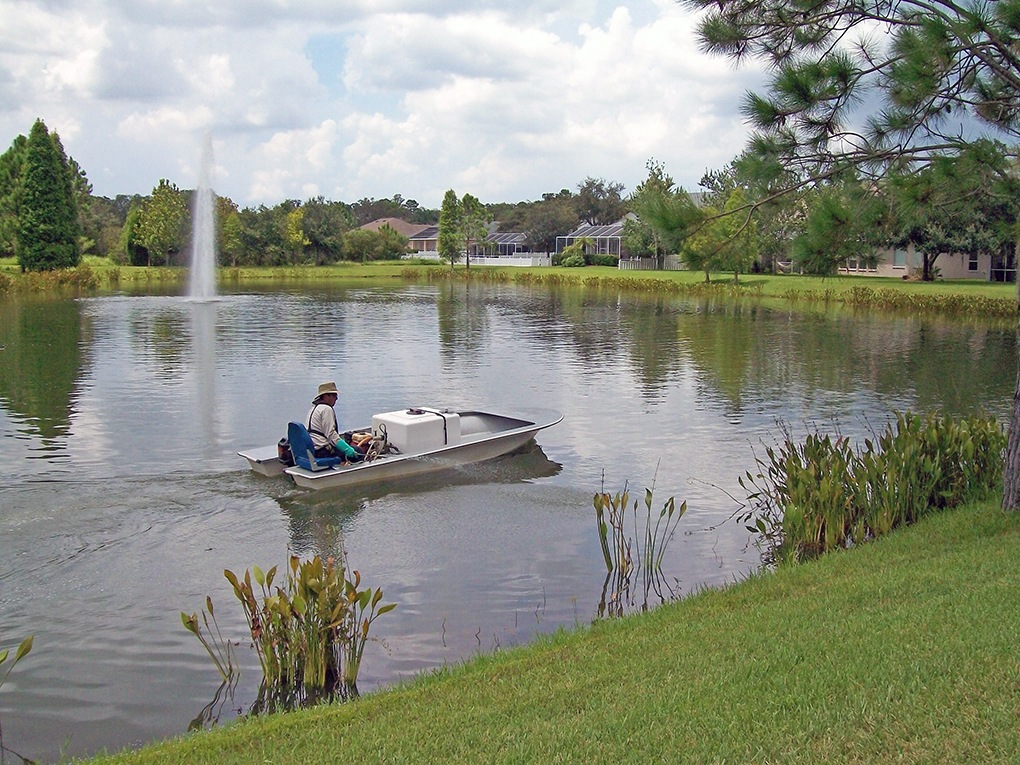
Is Hydrilla In Illinois?
Plant overgrowth in lakes and ponds is unsightly and may create bad odors, but how bad can it really be? Unfortunately, invasive weeds are much more dangerous for waterbodies than it may seem. Hundreds of foreign plant species have invaded the U.S. over time, each with their own unique mechanisms for reproduction. One of the fastest spreading aquatic plants is hydrilla verticillata. This species has reached nearly every state across the country, with Illinois most recently confirming the presence of the aquatic weed in 2019. In order to slow the dangerous spread, it’s important to first understand how to recognize it and how it happens.
What is hydrilla?
Hydrilla is a fast-growing, extremely invasive aquatic plant that can quickly overtake a waterbody. Hydrilla plants typically have five leaves whorled around a main stem. The leaves have distinctly serrated edges. The tricky thing is that there are other non-invasive plants that look very similar to hydrilla, but it is certainly better to err on the side of caution with this superweed.
Why is hydrilla dangerous for lakes and ponds?
Hydrilla is capable of dismantling the balance of an entire aquatic ecosystem. Because this species does not originate from the U.S., it has few natural predators in the ecosystems it invades. Hydrilla growth can occur rapidly and quickly crowd out native plants that serve as food and refuge for beneficial fish and wildlife. Large mats that develop on the surface of the water block sunlight and deplete necessary dissolved oxygen, resulting in mass die-offs of desirable life and an unhealthy increase in pond nutrients that fuel additional growth.
Is hydrilla dangerous for humans?
Humans are also negatively impacted. Hydrilla can clog stormwater equipment, increasing the risk of flooding and shoreline erosion. The species is known to entangle boat propellers, fishing lines, and swimmers. Sadly, hydrilla has even been reported as the cause of several drownings. Without intervention, a dangerous cycle of growth, die-off, and regrowth may be set in motion.
How does hydrilla reproduce?
One of the reasons hydrilla is dangerous – and so difficult to manage – is its ability to reproduce in multiple ways. It can spread via fragmentation, meaning even small pieces are cause for concern. The plant also spreads through seeds, buds, and ground tubers that can survive in the bottom sediments for many years. Furthermore, hydrilla is resilient – it thrives in freshwater, but can also tolerate brackish (higher salinity) environments like wetlands. It is capable of surviving periods of drought or freezing temperatures.
How is hydrilla managed?
Because it can spread so quickly and easily, early detection and prevention are critical to keep it in check. If you suspect the presence of hydrilla in your waterbody, contact an aquatic expert immediately to confirm its identity and take action; this often entails the application of EPA-registered herbicides. Though not a long-term solution, aquatic herbicides are highly targeted to halt the growth of hydrilla without impacting native species. By quickly eliminating any plant matter, including small fragments, stakeholders have a clean slate to begin eco-friendly maintenance efforts that prevent further growth.
Stay Ahead of Hydrilla with Proactive Management
Stakeholders can conduct ongoing monitoring by partnering with lake management providers with experience managing invasive hydrilla. Decision makers have many tools at their disposal as part of a dedicated annual management program, including professional water quality testing, nutrient remediation, biological bacteria, fountains and aeration, shoreline maintenance and restoration, mechanical hydro-raking, and dredging.
Do you suspect the presence of hydrilla in your waterbody or ready to begin preventative efforts?
Manage Algae & Weeds for Beautiful Water
SOLitude Lake Management is a nationwide environmental firm committed to providing sustainable solutions that improve water quality, enhance beauty and preserve natural resources.
SOLitude’s team of aquatic scientists specializes in the development and execution of customized lake, stormwater pond, wetland and fisheries management programs. Services include water quality testing and restoration, algae and aquatic weed control, installation and maintenance of fountains and aeration systems, shoreline erosion control, muck and sediment removal and invasive species management. SOLitude partners with homeowners associations, golf courses, private landowners, businesses and municipalities. SOLitude Lake Management is part of Rentokil, a leading business services company, operating across the United States, Canada and Puerto Rico.
For more information, visit SOLitude Lake Management at solitudelakemanagement.com, and connect on Facebook, LinkedIn and Twitter.












